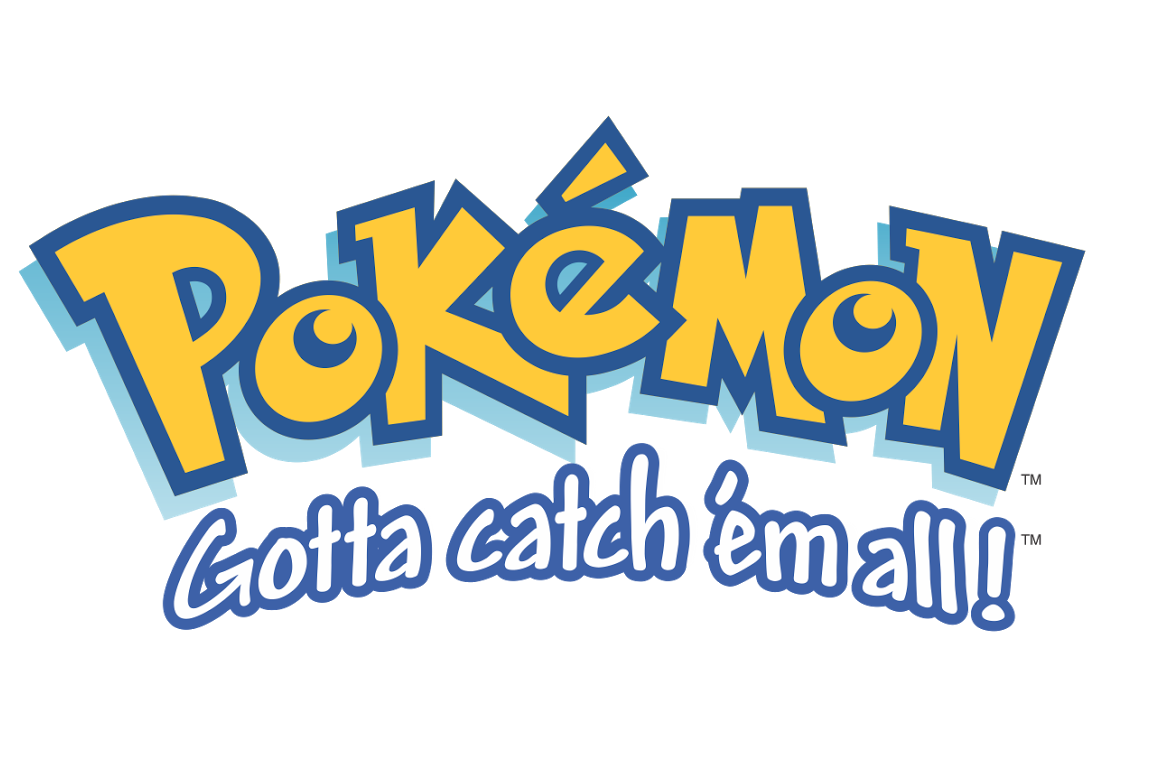Pokémon! For the record, I realize that Jenkins mentions Pokémon in his article–however, he only talks about it briefly, and I had this idea before finishing the article, so I figure that it’s still fair game.
Pokémon is a Japanese franchise, mainly belonging to Nintendo, that started in 1995. At the time that I’m writing this, the Pokémon narrative spans so many platforms that you’d be hard-pressed to find someone who’s experienced Pokémon in its entirety. At the same time, though, you can enjoy any one aspect of Pokémon without knowing about the others. In this way, the various franchise entries fulfill Jenkins’s stipulation that they must be “self-contained” so that “you don’t need to have seen the film to enjoy the game, and vice versa” (4).
With Pokémon, of course, you have the games—starting with the 1996/1998 GameBoy ones (Red and Green in Japan, Red and Blue in the US) and leading up to the most recent installments on the 3DS (Ultra Sun and Ultra Moon). Although most of the games have been released on handheld Nintendo devices, you also have the occasional oddball like Pokémon Colosseum, which was released for the GameCube in 2003.

Would-be players can jump in at any time, since the games do not directly link to each other, Despite that, there are occasional callbacks that might be lost on the less faithful players. For example, in the newest Pokémon game, if you talk to a woman standing by a poster, she will comment that there isn’t a button behind it. That might seem weird to most people, but I recognized this as a reference to Pokémon Red/Blue/Leaf Green/Fire Red, in which you reach the bad guys’ lair by pressing a button behind a poster.
There is also a Pokémon anime—perhaps many of us recall that theme song from our youth:
People who hadn’t played the games can easily appreciate the show, though those who are aware of the source material perhaps follow the story more easily. (I, for one, was perennially frustrated that Ash’s Pokémon could learn more than four moves, which is a constraint in the actual Pokémon games.) Characters from the games appeared in the show, but the plot itself sometimes wandered or featured different storylines. In this way, the show offered ideas and concepts that the games could not.
If that wasn’t enough, there’s also a Pokémon manga—from what I gather, it isn’t a specific series, but instead a collection of works kind of existing in the Pokémon universe. I haven’t read them myself, though, so I can’t really say much about them except that they exist.
You also have Pokémon GO, a craze that swept the nation two summers ago. People who couldn’t even pronounce Pokémon still found themselves enjoying the game, walking around parks and campuses with their families, flicking virtual Pokéballs at virtual ‘mons. Some die-hard Pokémon players (like myself) actually disliked Pokémon GO because it was such a departure from the usual game format—gym battles were completely unrecognizable, and no, you cannot evolve a Pokémon by feeding it dozens of candies. However, for most people, this wasn’t a problem. Pokémon GO was a new entry to the franchise, unbound by the rules of the entries that had preceded it. It also came closest to bringing the franchise into “real” life; whereas there had been physical card games before, Pokémon GO actually required people to interact with the world around them.
Even though I just listed a thousand different franchise entries, there are even more iterations of Pokémon that I haven’t mentioned. Unfortunately, it’s just impossible to list ’em all.
Word count: 607
Works Cited:
Jenkins, Henry. “Searching for the Origami Unicorn.” Convergence Culture: Where Old and New Media Collide, New York University Press, 2006, pp. 93–130.
